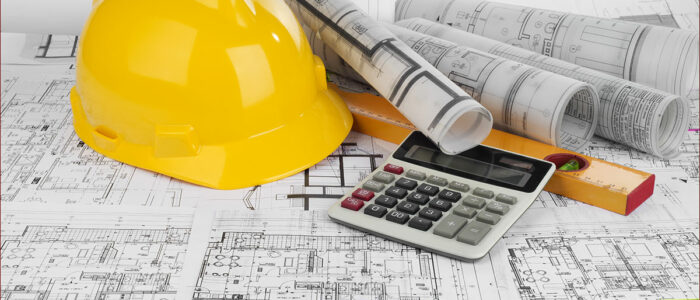3 Mistakes To Avoid When Siting Your New Custom Home

Building a custom home comes with a lot of decisions, and one of the most important decisions you will make is how to site your new home on the lot. This discussion will occur with your Site Engineer, who is responsible for preparing your grading plan. Since most of the lots in northern Virginia don’t offer a lot of flexibility in where to put the house (due to tight building envelopes), there is some wiggle room in how the house is sited. Meaning how it sits in the ground. Here are 3 mistakes to avoid.
Mistake #1: Forcing A Walkout Basement Exit
You should always try to work with the natural grade on the lot, instead of forcing something like a walkout basement exit. While you may have a vision of your basement with lots of big windows to bring in the natural light, if your lot is mostly flat, a walkout isn’t a viable option.
Potential impacts of a forced walkout include the following:
- May need almost a full staircase of steps at the front door ($$$)
- Could create unsuitable soil to support the house which would require a controlled pad for building ($$$$$)
- Will have exposed concrete foundation
My advice? Go with what God has made and do your best to follow the natural grade of the lot. By adding window wells, you can still have those big windows!
Mistake #2: Forcing A Gravity Sewer
I’ve noticed recently that more and more people are trying to avoid a hung sewer (read this post to learn all about hung vs. gravity sewers). I assume the reason for this is because they are worried about the additional cost to install a hung sewer system, or maybe it is because they don’t want to worry about depending on the pump required to keep the system running?
Potential impacts of a forced gravity sewer include the following:
- May need to raise the house out of the ground (SEE MISTAKE #1 – $$$$)
- May need to replace the sewer line all the way out to the main in the street ($$$)
My advice? Have no fear! When a gravity sewer isn’t available naturally, a hung sewer is going to be your most affordable solution. Worried about the maintenance or depending on a mechanical pump? These pumps are equipped with alarms that will go off if something should stop working, and ultimately the pump only kicks on when the bathroom is being used. Other than a power outage, during which you should avoid using the bathroom in the basement until power is restored, you won’t have anything to worry about!
Mistake #3: Ignoring The Existing House
While you can’t anticipate everything, paying attention to how the existing house sits on the lot can be a good indicator of how you should site your new home on the lot. If the basement slab of the existing house is 4′ in the ground, I would advise that you keep the basement elevation of the new house below that when possible. Trying to build the new house on disturbed soil is a recipe for additional site costs.
Potential impact of ignoring the existing house includes the following:
It is likely that you won’t have suitable ground for the new foundation. This means you may be required to do a “controlled pad”. For a controlled pad, the bad soil is taken away, and replaced with suitable matter (most often gravel – $$$$).
My advice? When possible, have the engineer set the basement slab elevation below the existing house slab. You can’t always anticipate the unexpected, but you can make decisions to swing things in your favor!
Dream. Build. Live.